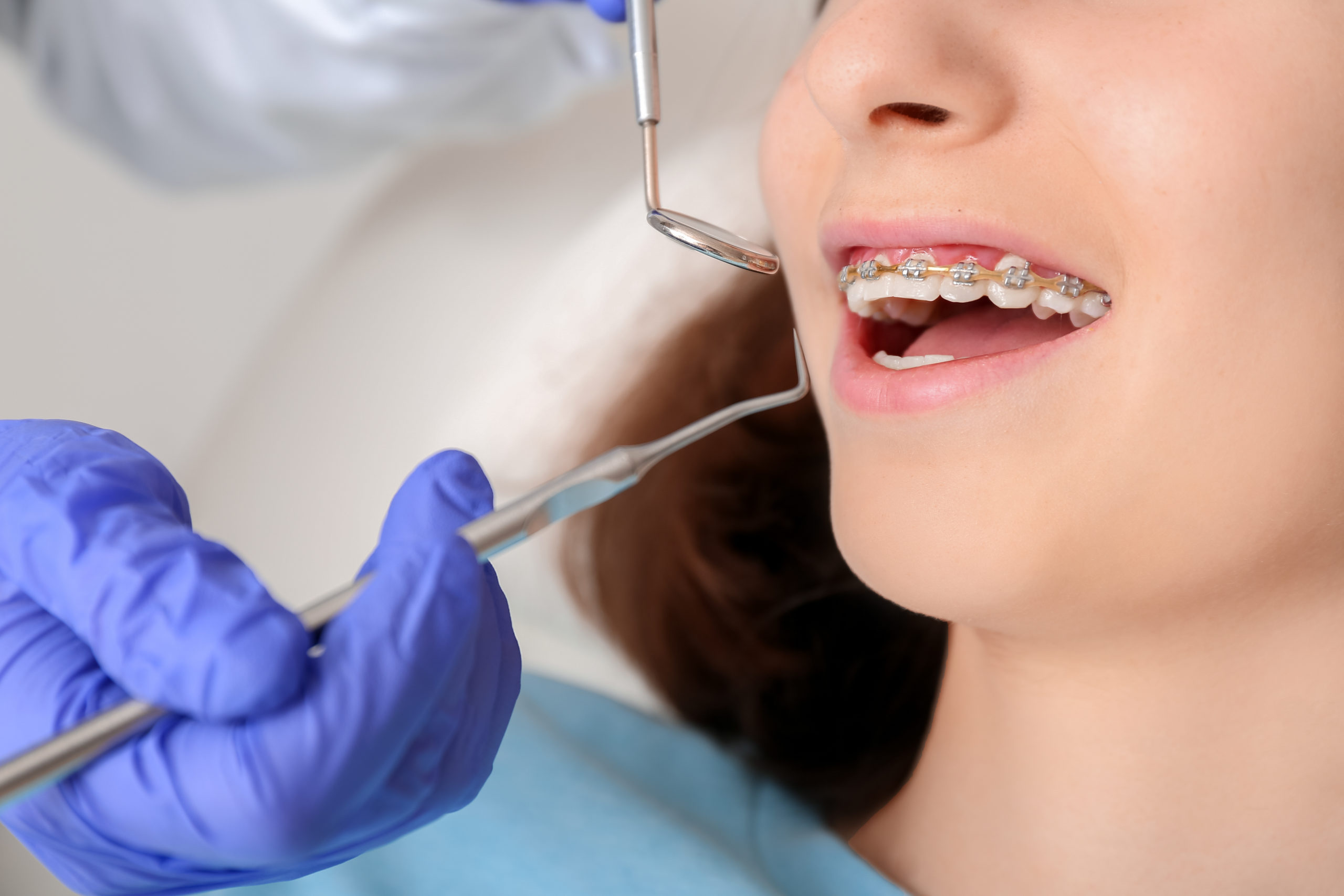Comprehensive Guide to Orthodontics Treatments for Dealing With Dental Misalignments
Comprehending the intricacies of each treatment, including their mechanisms, advantages, and possible drawbacks, is essential in making notified choices about one's orthodontic treatment. As we browse through the thorough guide to orthodontic procedures for dealing with dental misalignments, the elaborate details of each technique will certainly unfold, dropping light on the path towards a harmonious and useful dental positioning.
Orthodontic Procedures Review

Along with standard braces and clear aligners, orthodontists may likewise advise various other interventions like headwear, palatal expanders, or retainers to resolve details alignment concerns (cumming invisalign). These treatments are customized per patient's one-of-a-kind demands and may involve a mix of therapies to attain the wanted results. Regular modifications and surveillance are vital parts of orthodontic treatment to make certain progress is on track and to make any type of necessary modifications in the process. By undergoing orthodontic treatments, individuals can not just achieve a straighter smile yet likewise boost their overall oral health and feature.
Traditional Dental Braces: How They Work
When taking into consideration orthodontic therapies for dental misalignments, traditional braces stand out as a time-tested approach for dealing with teeth positioning. Typical braces are composed of brackets, cables, and bands that work with each other to apply continual stress on the teeth, gradually relocating them into the wanted placement.
One trick element of just how conventional braces job is the procedure of bone renovation. As pressure is used to the teeth via the braces, the bone bordering the teeth is improved to sustain the brand-new tooth positions. This renovation is essential for the long-term stability of the remedied placement. Clients will certainly require normal adjustments at the orthodontist's office to guarantee the braces proceed to apply the correct stress for reliable teeth movement.
Unnoticeable Aligners: Cons and pros
These clear, custom-made trays are essentially unseen when worn, making them an appealing choice for individuals looking for an extra aesthetically pleasing orthodontic treatment. Clients can get rid of the aligners prior to eating or cleaning their teeth, decreasing the risk of food obtaining stuck in the appliance and streamlining the cleaning procedure.

Surgical Orthodontic Options
Surgical treatments in orthodontics existing sensible alternatives for addressing complex oral imbalances that might not be properly settled via standard orthodontic therapies. While undetectable aligners and standard dental braces can fix lots of orthodontic problems, certain cases require medical treatment to accomplish optimal outcomes. Surgical orthodontic alternatives are commonly advised for serious malocclusions, considerable jaw discrepancies, and cases where the underlying bone framework needs modification to attain correct positioning.
One typical medical orthodontic treatment is orthognathic surgical treatment, which involves rearranging the jaws to remedy practical issues such as trouble talking or chewing. This surgical procedure is usually done in collaboration with an orthodontist who aids straighten the teeth before and after the procedure. Surgical orthodontics may also entail procedures to reveal affected teeth, remove excess periodontal cells, or improve the jawbone to produce an extra harmonious face profile.
Prior to thinking about medical orthodontic options, people go through a comprehensive analysis to identify the need and potential advantages of such interventions. invisalign. While surgery may appear complicated, it that site can significantly enhance both the feature and aesthetic appeals of the smile in instances where conventional orthodontic therapies fall short
Retainers and Post-Treatment Care

Post-treatment care involves complying with the orthodontist's directions faithfully. This may consist of correct dental health practices, attending follow-up visits, and using the retainers as suggested. Failing to adhere to post-treatment care instructions can lead to relapse, where the teeth slowly return in the direction of their initial positions. Consistent retainer wear, great oral hygiene, and routine dental examinations are crucial for keeping the outcomes achieved through orthodontic surgery and making sure the long-lasting stability of the fixed dental alignment.
Final Thought
In conclusion, orthodontic treatments provide numerous options for dealing with dental imbalances. Surgical orthodontic options are available for much more extreme misalignments. On the whole, orthodontic procedures can properly improve dental health and wellness and aesthetic appearance.
As we browse through the detailed overview to orthodontic procedures for remedying oral misalignments, the detailed details of each technique will certainly unravel, shedding light on the path towards a harmonious and functional dental positioning. - braces
One of the most typical orthodontic therapies is the usage of braces, which consist of metal braces and wires explanation that apply gentle pressure to slowly change teeth right into the desired position.When considering orthodontic treatments for oral misalignments, conventional braces stand out as a tried and true approach for dealing with teeth positioning. Additionally, invisible aligners may not be suitable for complex orthodontic problems that need more considerable teeth motion, as they are commonly advised for mild to moderate situations. Retainers are tailor-made orthodontic gadgets created to hold teeth in their dealt with placements after the conclusion of orthodontic therapy.